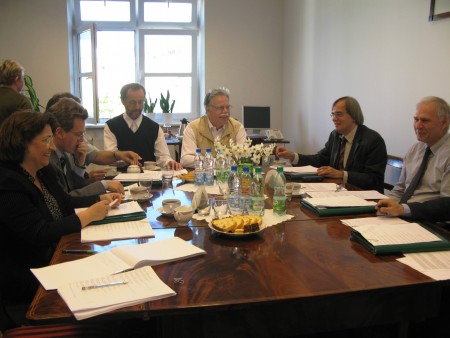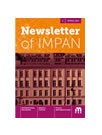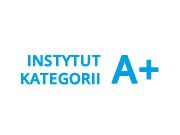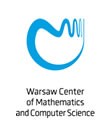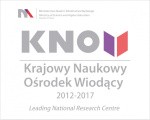Aktualności CB
Call for applications in 2024
The Institute of Mathematics of the Polish Academy of Sciences (IMPAN) in Warsaw announces a program of mathematical semesters supported by the Simons Foundation and invites applications for concentrated scientific activity in 2024.
Possible starting dates:
between March 1, 2024 and September 30th, 2024 (for the 2-3 months-long period)
Based on the experience of the recent Simons Semesters program (2015-2019), IMPAN is prepared for varied forms of research programs on specific topics. We intend to widen the scope and format of thematic semesters, still however focusing on bringing together the world’s leading researchers as well as excellent young people. We intend the programs to be typically run by a small but international group of organizers and include both long-term participants and short-term visitors attending workshops, schools and conferences.
The primary objective of the project is to strengthen the impact of scientific research conducted at IMPAN and in other Polish scientific institutions on the development of world science. Achieving this will be possible through a number of measures, the effects of which will contribute to improving the quality of scientific activity.
Support offered
The support of the Simons Foundation would cover salaries of 1-3 experienced scientists (leaders) and 1-3 outstanding young scientists (young leaders) as well as small mobility and travel expenses.
We intend to organize in the last year of the programme another standard semester, lasting 2-3 months.
IMPAN will also provide general infrastructure (office space, IT support, conference facilities). Additional support for organizing research activities can be requested from Banach Center, the conference subsidiary of IMPAN. The organizers can complement this by additional sources of support.
Basic requirements
Activities possible under the project: basis of the program consists of collaborative research and mentoring, run by groups of scientists, in most cases including foreign researchers. The semester should include 1-3 conferences/workshops, school and series of lectures, complemented by shorter stays and informal research collaborations.
Proposal
The proposals, 2-4 pages long, should contain the following information:
• Semester’s title
• names of the organizers, including the contact details of the corresponding person
• description of the proposed field of mathematics, its current state-of-art and connections with other branches of mathematics (and/or other sciences)
• list of the main scientific aims for the semester
• names and affiliations of the scientific leaders who would spend 2-3 months at IMPAN
• the list and timetable of the planned activities, proposed organizing teams for each of the meetings and estimated number of participants
• an explanation of why IMPAN is a suitable place to host the semester and what would be the longer term benefits for the host institution and Polish mathematics
Dates and further information
The proposals should be sent to Simons Semesters by 31st December, 2023. The decision, based on the scientific merit and timeliness, taking into account how the proposed semester fits with the current research activities at IMPAN, will be taken by the Simons Semesters Jury (appointed by the Director of IMPAN). At least one of the organizers of Simons Semester should be employed at IMPAN.
Any enquiries regarding the program and the application process should be sent to email:
Simons Semesters or to Adam Skalski, responsible for the Banach Center
Further information on the current Simons Semesters program and the previous edition is available on our website:
https://www.impan.pl/en/
https://www.impan.pl/en/
Other news
Meeting of the Scientific Council of the Banach Center will be held on 19-20 May 2023.
The International Scientific Council of the Banach Center is a prestigious advisory body, consisting of distinguished Polish and European mathematicians nominated by IMPAN and by the European Mathematical Society. The Council is primarily responsible for evaluating and promoting the scientific programme of the Banach Center. The members meet every year in Spring in Warsaw in order to evaluate the submitted proposals and discuss the future programme; this time the meeting takes place on the 19th-20th May.

